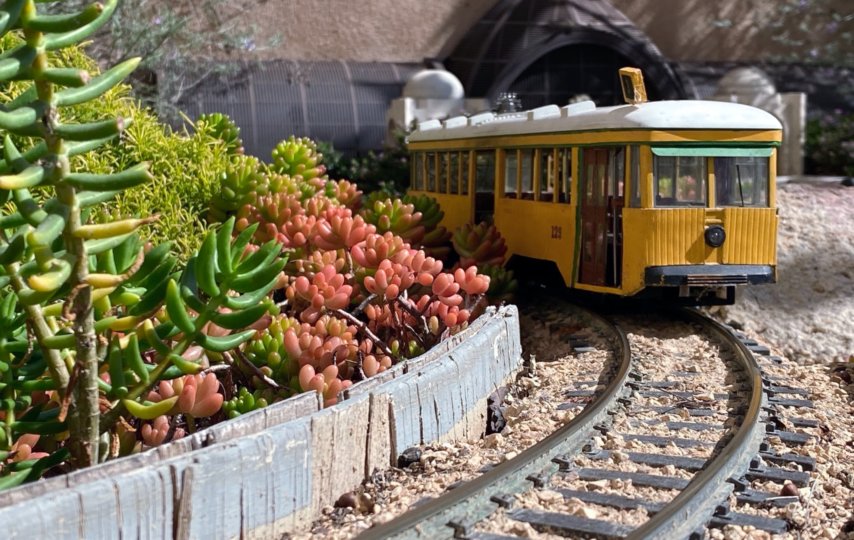Building a model of your favorite patch of the city, landscape, railway station, the Moon, a local swamp with alligators, or whatever it is that catches your eye or piques your imagination is a special sort of pleasure only those patient enough to go through the building process can hope to experience.
Heck, even if you’re not that skilled in this venture, you can still derive quite a lot of pleasure from seeing something you imagined and organized in your head and on paper come to life.
The thing about modeling is – you have to have to further your skill in multiple areas, so to speak, to be able to faithfully represent the thing you fancy. Skills such as sculpting, painting, special organization, and other parameters are all important for deciding the quality of the model you’re going to produce at the end of your creative cycle, so to speak.
So, having a steady supply of parts and little bits and pieces that you cannot make yourself at the moment can truly help you grow as a model builder. You can get your spare parts and other details at places like E-Trains, for example, which allows you to concentrate on other aspects of your project instead of obsessing on little details that are often difficult to make without special machines.
In this article, we’re going to talk about model railways, in particular, and how to approach making one. As you will see, careful planning and preparation is half the job done, so what you’ll have to do to successfully make a model railway is arm yourself with patience, get your materials ready, and have a clear vision of what you want to achieve.
Here’s the deal.
Pick the Theme
As is the case with any sort of work of art – there are no rules to what you can do with it. You can add aliens to an American prohibition era city panorama, or you can add terrifying sea monsters in a village well if the area is a rural setting in Russia, for example.
That said, to impress the onlooker a certain way, in visual art you have to have something called ‘unity of effect’. Let’s take building a period railway station with its surroundings as an example. For this model to be intriguing, you need to make the individual parts of it convincing. The steam locomotives of the past century need to look realistic, the city needs to be detailed, so you have to know about how people lived back then and what you could expect to see in the streets.
Of course, you can approach your model-building process differently, but the important thing here is that you don’t forget that you need to do some research about whatever it is you’re building, so that you know what you want and what you don’t want to include.
Estimate Your Time
Building a model, especially if it’s a large model, is a notoriously lengthy process that will likely take you many afternoons and off days from work.
This is why you may want to limit yourself to a certain schedule, because otherwise you may end up working half a year on a single model. Now, although you’re doing it for fun and you’re learning along the way, you still may be better off building several different models than working on only one over an extended period. Of course, this is entirely up to you, as long-term projects can also be awesome learning experiences.
The important thing to remember is to ensure you don’t have less time than you need. Having more time is certainly a plus, but having less time can throw a spanner in the works pretty badly.
Estimate Your Budget
One other thing about modeling is that the costs of it can easily mount over time if you’re not careful.
Whether it’s buying another can of paint because you were dissatisfied with the one you already used, or buying more plaster, or different parts, the expense can go through the roof without you even noticing it.
So, it helps to estimate your budget initially, pick a number you’re comfortable with, and then stick with it. It will force you to find creative solutions, rather than just throwing money at the problem.
All in all, understanding how much money you have to work with, having a clear idea of what you want to make, and managing your time appropriately are the essentials of building a model railway, or any model for that matter. If you can nail these three principles down, you’ll set yourself on a right path for further success.













